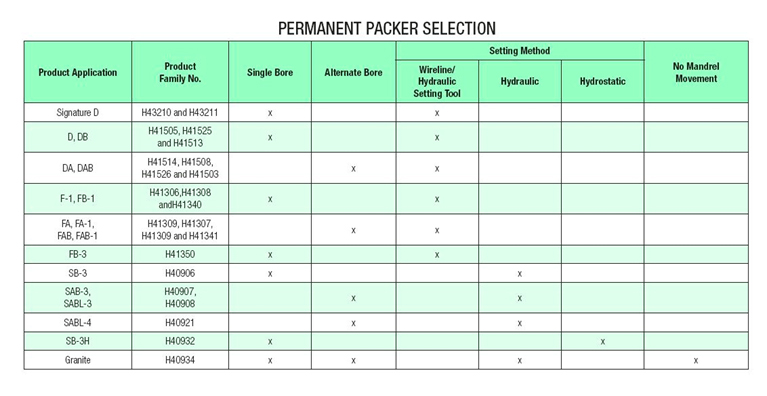Packer Performance Definition
Packer Performance Definition
The successful performance of any packer includes recognizing that the combined effects of varying differential pressure or applied forces, cannot be considered independently. Rating a production packer in terms of differential pressure alone does not sufficiently describe the packer's performance limits. To accurately measure and compare the performance of various packers, an understanding of the simultaneous effects of differential pressure and axial loading is required.
The analytical system combines computer modeling, sophisticated numerical stimulation techniques, including finite element analysis, exhaustive laboratory testing, and field verification. To apply this technology, a graphical solution is used to provide an accurate and useful definition of a packer's safe operating region.
The system is used to validate permanent and retrievable packers are compatible with the demands of today's critical completions. Ensuring all load combinations fall inside the region formed by the curves confirms that the equipment is adequate for the combined loading conditions. This area is called the “safe performance envelope” In those instances where one or more sets of loading conditions fall outside the safe performance envelope, a detailed evaluation of all aspects of the proposed completion system is required to upgrade its performance. Some conditions outside the safe performance envelope adversely affect the packer’s ability to maintain its sealing integrity. Others may prevent the packer from functioning as designed, while retaining pressure integrity.

